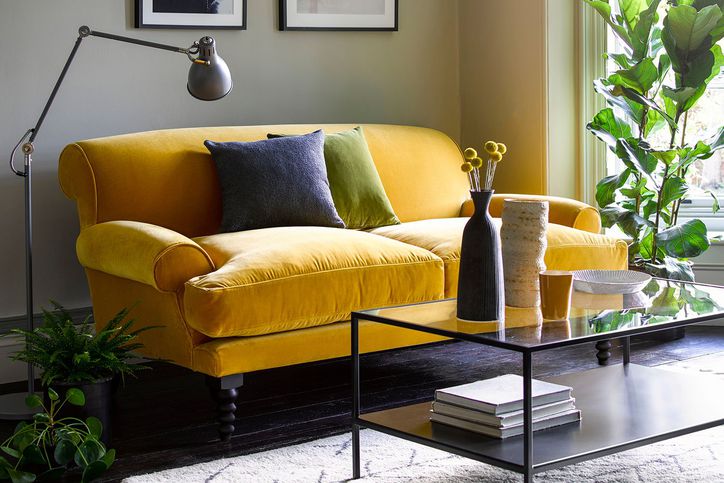Best Choice Products 2-Person Outdoor Convertible Canopy Swing Glider Lounge Chair with Removable Cushions – Burgundy
Lounge in comfort with 2-3 of your favorite people thanks to the 51-inch seat and a 450-pound capacity. A pivoting lock system allows you to adjust the canopy’s angle up to 45 degrees to block sunlight and enjoy the shade.
Best Choice Products 2-Person Outdoor Convertible Canopy Swing Glider Lounge Chair with Removable Cushions – Burgundy
- SWING TOGETHER: Lounge in comfort with 2-3 of your favorite people thanks to the 51-inch seat and a 450-pound capacity
- ADJUSTABLE CANOPY: A pivoting lock system allows you to adjust the canopy’s angle up to 45 degrees to block sunlight and enjoy the shade
- ALL-WEATHER MATERIALS: A weather-resistant, powder-coated steel frame with a UV-protected canopy ensure enjoyment for years to come
- EASY UPKEEP: Removable polyester cushions are easy to wash while powder-coated steel wipes clean with a dry cloth to prevent scale
- USE EVERYWHERE: Setup a private shaded lounge on your porch, patio, or anywhere in your backyard!
DIMENSIONS:
- Overall Dimensions: 67.5″(L) x 41″(W) x 60.5″(H)
- Canopy: 67″(L) x 44″(W) x 6″(H)
- Seat: 51″(L) x 17.5″(W)
- Backrest: 50″(L) x 19″(W)
- Floor-to-Seat: 19″
- Weight: 39 lbs.
SPECIFICATIONS:
- Material: Steel, Polyester
- Weight Capacity: 485 lbs.
- Assembly required (with instructions)
- BCP SKU: SKY3705
- Plush, comfortable cushions
- Weather-resistant powder-coated finish
- Made for long-lasting enjoyment
- Removable cushions for easy cleaning
- Adjustable canopy
- Protects from sun’s harmful rays
- Weight capacity: 485 lbs
- 2-person canopy swing available in beige or red
- Overall dimensions: 67.5″L x 41″W x 60.5″H
- Seat: 51″L x 17.5″W
- Seat backrest: 50″L x 19″W
- Floor-to-seat: 19″H
- Weight: 39 lbs
- Material: steel, polyester
- Assembly required (with instructions)
Directions:
Fabric Care Instructions: Spot Clean as Needed Spot Clean
Additional information
| Manufacturer Part Number | SKY3705 |
|---|---|
| Assembled Product Dimensions (L x W x H) | 67.50 x 41.00 x 60.50 Inches |






by Wulffy
It is a good swing for the money it has a good canopy and nice cushion seat and very comfortable the only con is it took forever to put together and there was a couple of holes missing that I had to drill
by Lisa
This is a very nice sturdy canopy swing , I love the cushion seats . Color is beautiful , I got a nice swing for my money.
by Tammy
Great product well packaged
by Elizabeth
Not a bad swing for the price! The canopy is very lightweight, so when it rains it tends to sag, but other than that I have no issues so far. I suggest beefy tools for assembly…the two that come with it are tedious to use.
by Carolyn
Sturdy and looks nice once completed however the instruction manual numbers did not match with the screw package that came with the swing.